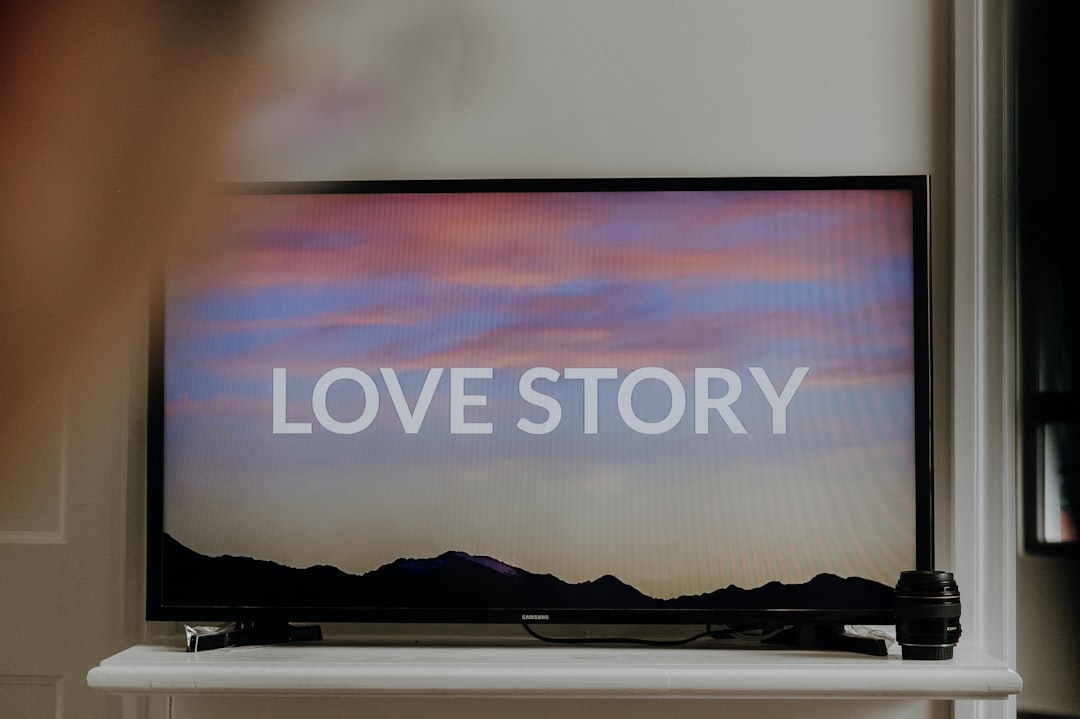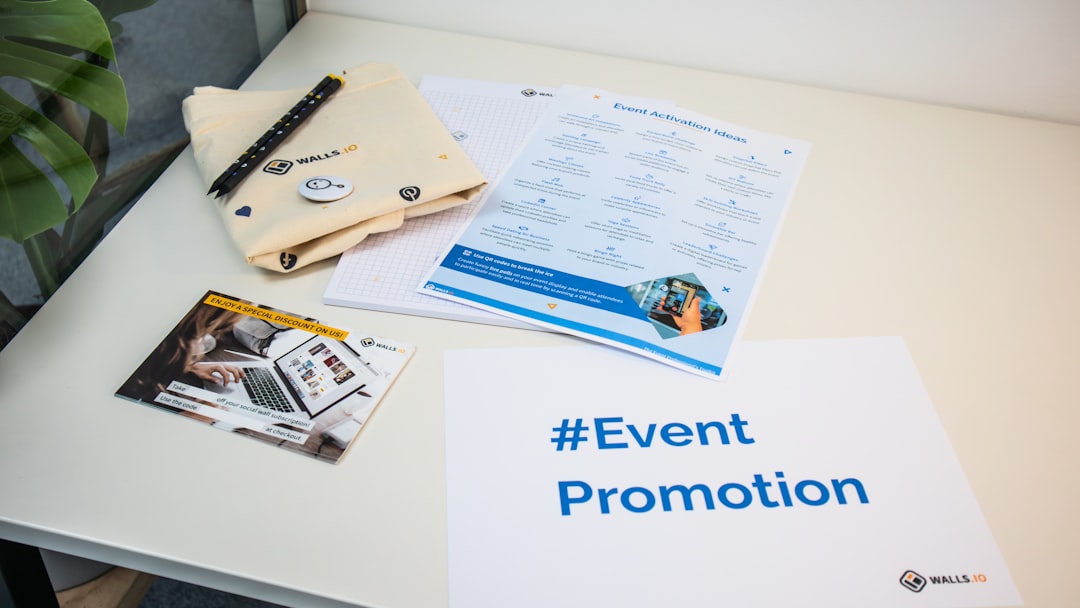Advertising comes in many shapes and sizes. But at its core, it’s all about grabbing attention and convincing people to take action. The big question is: should you go short or long?
Both short-form and long-form advertising have their strengths. Choosing the right one depends on your message, audience, and goals. Let’s break it down!
What is Short-Form Advertising?
Short-form ads are quick, punchy, and straight to the point. These ads usually last just a few seconds or maybe a minute at most.
Examples include:
- TV commercials (usually 15–30 seconds)
- Social media ads (Instagram, TikTok, Facebook, YouTube shorts)
- Billboards and posters
- Google search ads
The goal? Instant impact. Short ads work great when you need to raise awareness fast. They grab attention and make a lasting impression with a simple message.

Why Use Short-Form Ads?
Short-form ads are perfect for our fast-paced world. People scroll quickly, skip ads, and have short attention spans. Here’s why companies love short ads:
- Fast and engaging: They capture attention in just seconds.
- Easy to remember: A catchy phrase or image can stick in people’s minds.
- More affordable: Short ads cost less to produce and distribute.
- Great for brand awareness: Perfect for making people recognize your brand quickly.
But short ads have a downside too. They don’t allow for deep storytelling. If your product needs explanation, a short ad might not be enough.
What is Long-Form Advertising?
Long-form ads take their time. They tell stories, explain products, and build emotional connections.
Examples include:
- Long video ads (YouTube, webinars, infomercials)
- Detailed blog posts
- Email marketing campaigns
- TV or radio infomercials
- Full-page magazine or newspaper ads

Why Use Long-Form Ads?
Long-form advertising is great when you need to give more details about your product or service. Here’s why marketers love it:
- More storytelling: You can share customer experiences and success stories.
- More education: Perfect for complex products that need explanation.
- Better engagement: When people invest time in a long ad, they are more likely to convert.
- Stronger emotional connection: Longer ads can build trust and deeper relationships.
But long-form ads have their own challenges. Not everyone has the time or patience to watch a long video or read a detailed blog. If your ad doesn’t keep people engaged, they’ll move on.
Which One Should You Choose?
The answer depends on your goals and your audience.
- Want to grab attention quickly? Use short-form ads.
- Need to explain something in detail? Go with long-form.
- If your customers already know your brand, short-form ads can remind them you exist.
- If you’re launching a new or complex product, long-form ads help educate your audience.

The Best Strategy: Use Both!
Many brands use both short-form and long-form advertising together. A short ad grabs attention, while a longer ad provides details.
For example:
- You see a short ad on Instagram that makes you curious.
- Later, you click a long YouTube video that explains the product.
- Finally, you visit the company website and read a blog about it.
This combination keeps people engaged at different stages of their buying journey.
Final Thoughts
Both short and long forms of advertising have their place. One is a quick spark, the other is a full story. The best marketers know when to use each one.
So, whether you’re crafting a catchy 15-second TikTok ad or a detailed product guide, remember: the right ad at the right time makes all the difference!

